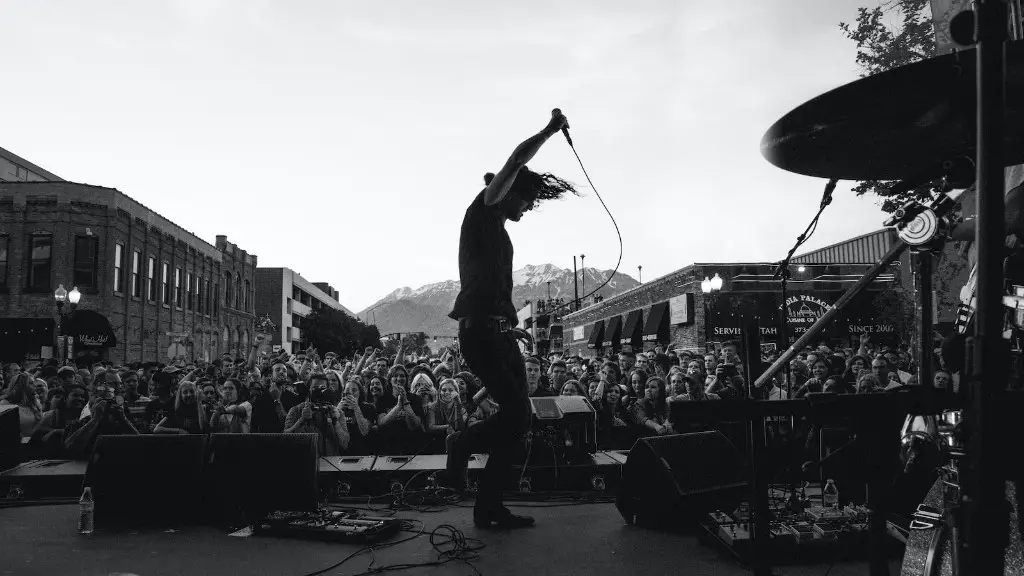What Is Drawing A Human Easy?
Drawing a human figure may sound intimidating but with a little practice and better understanding of the human body, it can be easy! Whether you’re an aspiring artist or just looking for a creative outlet, drawing humans can be fun, challenging and very rewarding. Even if you’re starting out with a blank canvas, you can quickly make great progress by breaking down a figure into its most fundamental components. With the right techniques, tips and tricks, you can learn how to draw a human easy and make it look realistic.
Gather Your Materials
First, you’ll want to make sure you have the right materials. Since humans come in all shapes and sizes, you’ll need a range of sizes and types of paper and pencils. While graphite pencils are the most popular and work great for basic drawings, charcoal pencils enable you to create more detailed images. A kneaded eraser is also important to have on hand, as it allows you to make mistakes and adjust your drawings without leaving unwanted smudges or smears. Finally, you’ll want to get yourself a good quality drawing paper, so you can create drawings that will last.
Proportion & Measurement
Now that you have all the materials you need, it’s time to figure out the proportions and measurements of a human figure. It’s important to understand the basic measurements of the human body, such as the size of the head in relation to the rest of the body, the length of the arms and legs, and the width of the back and torso. As you draw, use a ruler to measure and mark the relative proportions of each part of the body. This will help you create a more accurate representation of the human form.
Seeing & Drawing Form
Now that you know the proportions, its time to start drawing. It’s important to remember to always focus on the shape or form when drawing the human body. Rather than trying to draw every detail of a person’s face or body, look for the shapes and curves that make up the body. If a person is standing, look for the line of the spine, the shape of the shoulders, and the curves of the hips. Look for the subtle variations in the forms and use your pencil to draw them gracefully.
Add Detail
Once the basic structure is complete, you can start to add detail. Begin by adding facial features, such as eyes, nose, mouth, and eyebrows. Next, draw the arms and hands, then add clothing and accessories. Draw wrinkles, shadows, highlights, and any other details that will help bring your drawing to life. Finally, stand back and assess your work. Are there any areas that need to be adjusted? Did you miss any details? Now’s the time to go back in and make them right.
Shading & Textures
Shading and texturing are the techniques that truly bring a drawing to life. Once you’ve drawn all the details, it’s time to shade. Start by looking at the light sources in your drawing and determining which areas should be light and which should be dark. Use a range of pencils and techniques to create areas of gradation and texture. Make sure to be patient and take breaks in between shading to maintain perspective.
Finishing Touches
One of the best ways to make your drawings look professional is to add a few finishing touches. To give your drawing a polished look, use an eraser to soften the edges and blend the shading. You can also add highlights with a white pencil or marker, giving your drawing an extra layer of depth and contrast. Finally, take a step back once more and check the overall look of your drawing. Make any final adjustments, and then take a photo or hang it up proudly.
Practice Makes Perfect
Drawing a human figure may seem daunting, but with practice and dedication, it can be easy and enjoyable. As you practice, focus on proportional accuracy, see and draw form, add detail, and use shading and texturing to bring your drawings to life. Don’t be afraid to make mistakes, and don’t be discouraged if your drawings don’t look perfect the first time. If you keep practicing, you’ll soon be able to draw humans easily and realistically.

